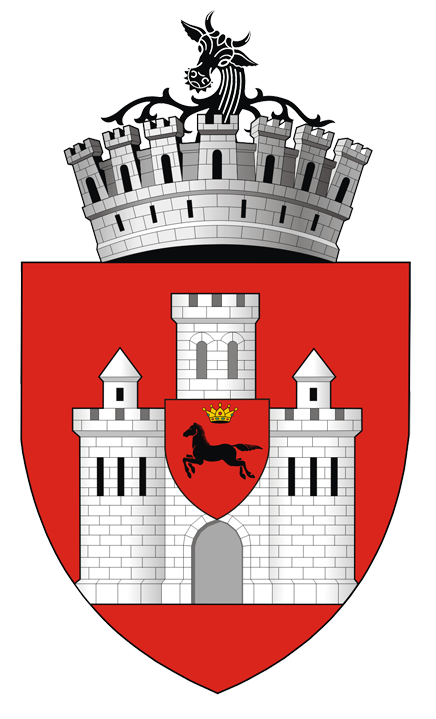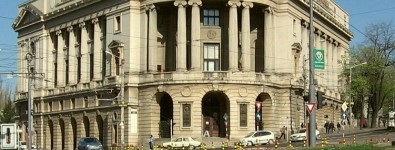
Iași – the second largest Romanian city, is the most important political, economic and cultural centre of the province of Moldavia as well as one of the oldest cities in Romania. Located in the Northeastern part of the country, Iași was for many centuries the crossing point of the most important commercial routes linking Poland, Hungary, Russia and Constantinople. Deeply rooted in history, Iași has been the main centre of Moldavian culture since 1408. It was attested in the 15 th century by Prince Alexandru cel Bun (1400-1432) who issued a document granting commercial privileges. The history of Iași area goes back to the beginnings of the second millennium. Archaeological investigations carried out at Cucuteni village revealed one of the most brilliant Neolithic cultures in Europe, the famous Cucuteni Culture (millennium 3–2 B.C.).
The city was the capital of Principality of Moldavia from the 16th century until 1861 and of Romania (Romanian Kingdom) between 1916–1918 during World War I.
The city has the oldest Romanian university and accommodates an annual count of over 60,000 students in the following universities: Technical University “Gheorghe Asachi” of Iași, “Alexandru Ioan Cuza” University of Iași, “Grigore T. Popa” University of Medicine and Pharmacy, “Ion Ionescu de la Brad” Agronomical University, University of Arts “George Enescu”.
It is home to more than 50 churches and hosts 5 cultural centres: British, French, German, Latin American & Caribbean and Hellenic. Cultural life gravitates around the National Theater (the oldest in Romania), the Opera House, the Iași State Philarmonic, the Tătărași Atheneum, a famous Botanical Garden (the oldest and largest in Romania), the Central University Library (the oldest in Romania), an array of museums and memorial houses, an independent theater and several student organizations.
For more details about Iași, you can also check the Wikipedia page.



